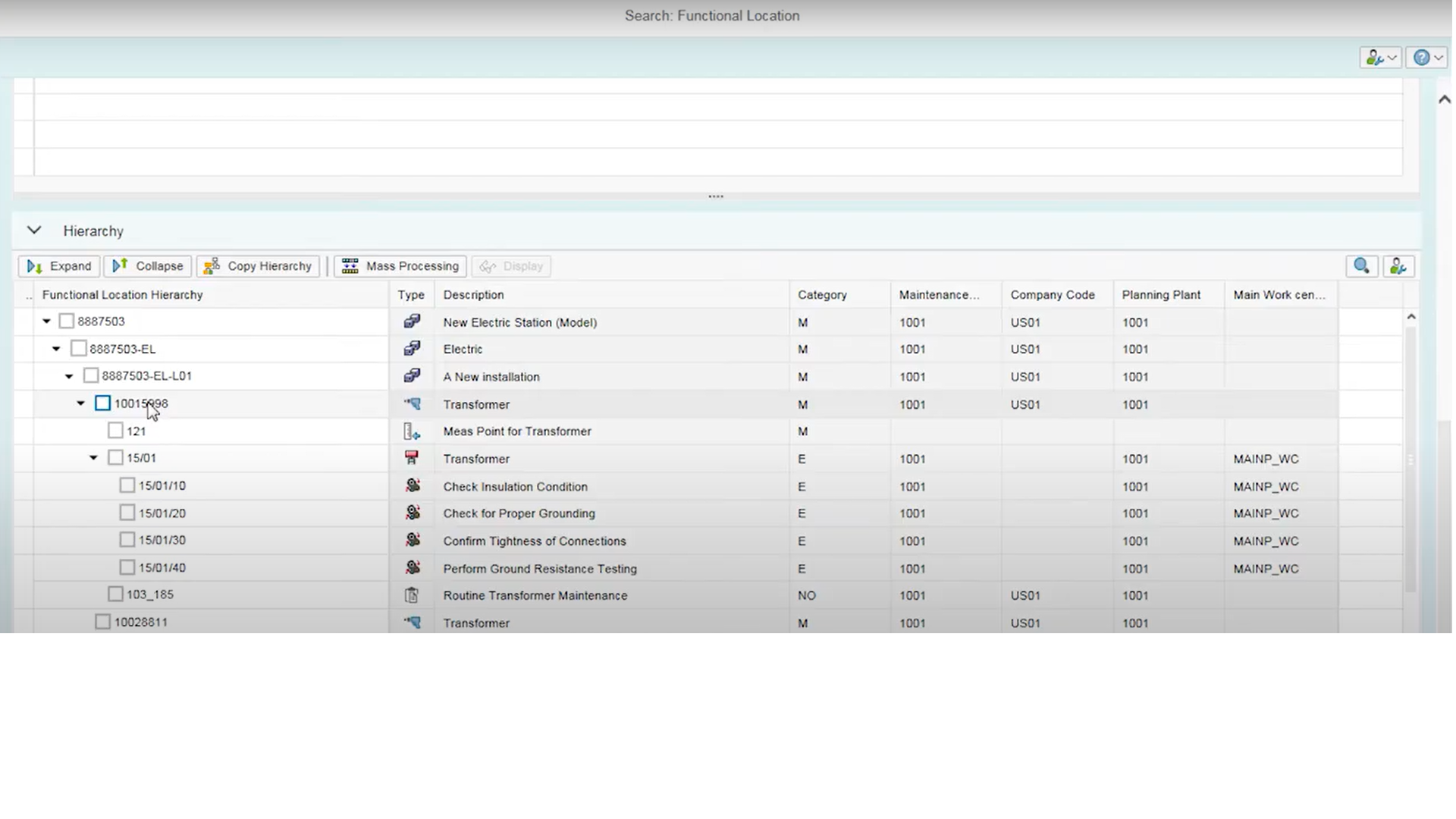
Balancing and Optimizing Inventory Positions in a Month
This article shall help you to understand how to optimize your inventory positions in a month – or even less.

If you want to have a good overview of your assets, you need to have synchronized and consistent asset master data from a multiple system of record managed in a single view to minimize environmental and occupational health and safety risks. To enable this, Utopia’s SAP Asset Information Workbench application can be integrated with SAP Master Data Governance EAM to increase productivity and reduce downtime.
Ineffective and inefficient operations can be caused by a lack of information sharing in asset management. When you are unable to record or track your assets, this will lead you to defer or stop access asset data such as maintenance statistics, availability, and utilization.
Furthermore, it becomes a challenge for several integrated departments in your company if your assets are not managed correctly. It takes a long time to realize that an asset has been used, stored, or even missing. In addition, it also delays finding out when your asset was processed or who carried out that process. When this kind of challenge occurs in your day-to-day business, you won’t have a clear overview of your assets and lose control over them.
Last but not least, an inadequate asset management system increases the number of asset problems. The maintenance technician should have a list of assets in the same system to identify which assets need to be checked and maintained.
SAP AIW is a further development of SAP MDG. This means that SAP AIW has a wider scope and offers more benefits for your company than SAP MDG. The following diagram shows which processes are covered by SAP AIW.

SAP MDG covers only the process of data processing with a change request and stores the data in a database table. In contrast, SAP AIW extracts any external data and processes it in a staging area with a Multi Object Change Request, where asset master data including associated objects are created and linked. The result is then distributed to departments such as content management, plan maintenance, etc. In short, SAP AIW covers the entire process of data capture from third parties until it is forwarded to a department within your company.
In the SAP AIW world, a staging area is used to provide you with asset information. You can share, visualize, compare, change, review and approve asset data in different systems. SAP AIW also allows you to maintain, revise and review master data change projects in the staging area. When you approve the master data changes, the modified asset data is posted to the data systems. You can also review any maintenance strategy, with some functions such as maintenance plans, routings, bills of material and material lists. In addition, SAP AIW can be customized to your needs, so your project can be covered, no matter how big and complex it is. The picture below shows you the user interface of SAP AIW.

SAP AIW could be integrated into the SAP Asset Intelligence Network (AIN). Some additional functionality is provided, such as access to external and internal information sources to capture asset data in one step. Then it is also possible to connect your system with a cloud-based network with your suppliers or OEMs so that you can share asset information with them and optimize maintenance processes and asset improvements. The screenshot below shows some of the materials and their suppliers.

Implementing a solution that supports end-to-end asset information management provides your business with an effective and efficient platform to maximize your return on investment. SAP AIW application enhances your industry’s performance in both external and internal asset information systems.
If you are interested to learn more, do not hesitate to contact Thomas Tolksdorf or Florian Raab for ideas and solutions regarding analyzing SAP Asset Information Workbench.
Learn the Value of SAP MDG-EAM and SAP AIW (utopiainc.com)
SAP Asset Information Workbench by Utopia – Software Demo – YouTube
SAP Asset Information Workbench | Enterprise Asset Management | SAP
Utopia Global – Operational Efficiency – Data-Driven Operational and Asset Performance – YouTube
The top three challenges facing asset managers today (informaconnect.com)
6 Main Challenges in Asset Management | GoCodes
SAP Asset Information Workbench by Utopia Solution Brief-1.pdf (hubspotusercontent10.net)

This article shall help you to understand how to optimize your inventory positions in a month – or even less.

Modern PLM systems empower businesses to achieve product excellence in fast-paced markets by enhancing collaboration, agility and innovation.

Read how the Campaign Planner & Designer (CPD) helps you to manage supply chain variability.

Explore automated production planning with our Campaign Planner & Designer.
© Camelot Management Consultants, Part of Accenture
Camelot Management Consultants is the brand name through which the member firms Camelot Management Consultants GmbH, Camelot ITLab GmbH and their local subsidiaries operate and deliver their services.